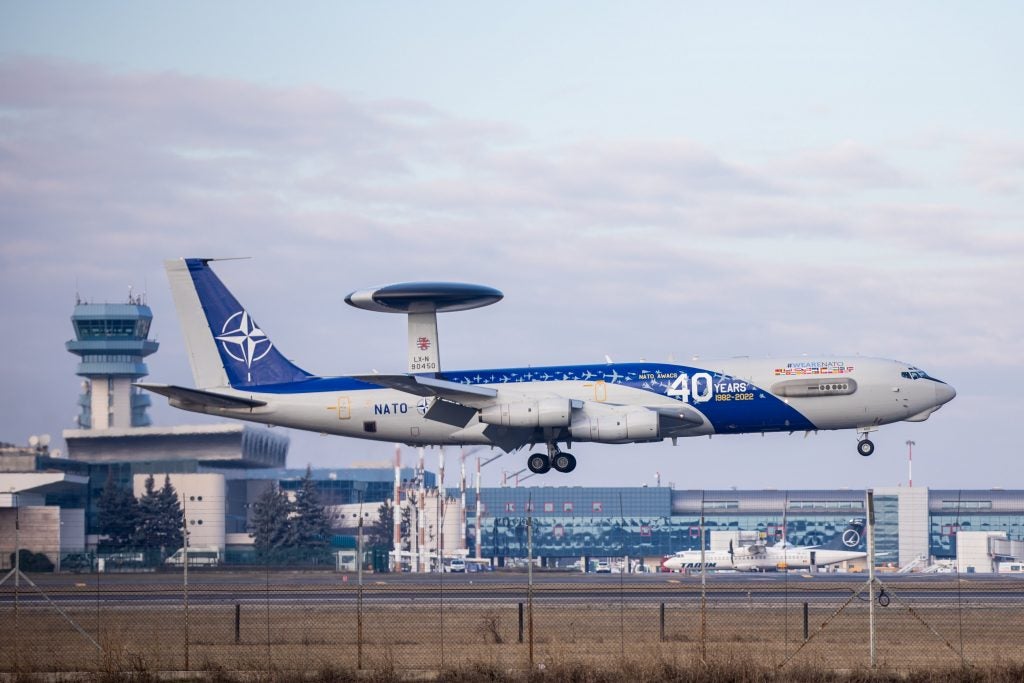NATO Deploys AWACS Planes In Romania
Since the 17 January, NATO Airborne Warning And Control System (AWACS) aircraft, namely the E-3A Sentry, have been deployed to Otopeni Airbase, Romania, in order to enhance surveillance capabilities on the Eastern flank of the alliance and gather data from the ongoing War in Ukraine. Various NATO AWACS jets have been constantly monitoring Russian activities in the region since February 2022, shortly before the outbreak of the conflict. Some of the Signal Intelligence (SIGINT) missions conducted by these planes were conducted over “the corner” and the Black Sea.
NATO Allied Air Control officially announced its intention to deploy its AWACS jets on 12 January. Planes from the Geilenkirchen Air Base transferred to Otopeni alongside 180 military personnel (mostly maintenance and aircrews). A NATO spokesperson said:
“Our AWACS can detect aircraft hundreds of kilometres away, making them a key capability for NATO’s deterrence and defence posture. I thank Romania for hosting the aircraft, which makes an important contribution to our early warning,”
The mission is scheduled to last several weeks and the assigned aircraft belong to a fleet of 14 NATO surveillance aircraft usually based in Geilenkirchen, Germany.
The E-3A jets will be used for surveillance operations over the Black Sea and “the corner” area, providing information on the presence and activity of the Russian forces. The mission that they tend to conclude since February 2022 on a regular basis. Supposedly NATO AWACS observations led to numerous Ukrainian attacks on the Russian Black Sea Fleet, including the sinking of the cruiser Moskva or strikes on Sevastopol. NATO announcement explained:
“In response to Russia’s war in Ukraine, NATO has increased its air presence in eastern Europe with additional fighters, surveillance aircraft, and tankers. Since February 2022, NATO AWACS have conducted regular patrols over eastern Europe and the Baltic Sea region to track Russian warplanes near NATO borders.”
The NATO AAC surveillance force consists of 14 AWACS jets and allows for surveillance operations and air control for the states that do not own their own airborne awareness and control systems. Thus the alliance policy is to provide capabilities that member-states cannot provide themselves. Besides observations of the Ukrainian region, NATO surveillance continues over Poland’s Eastern border, around Kaliningrad, and over the Baltic Sea.

